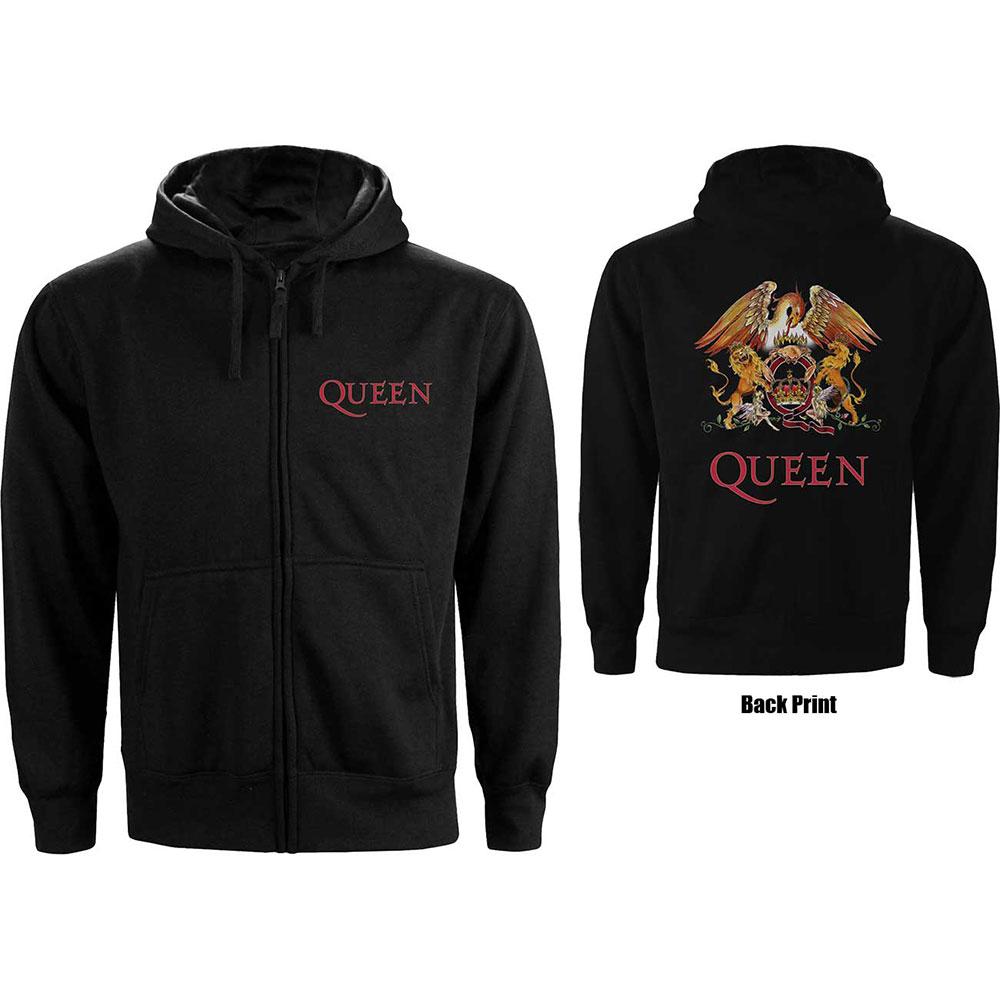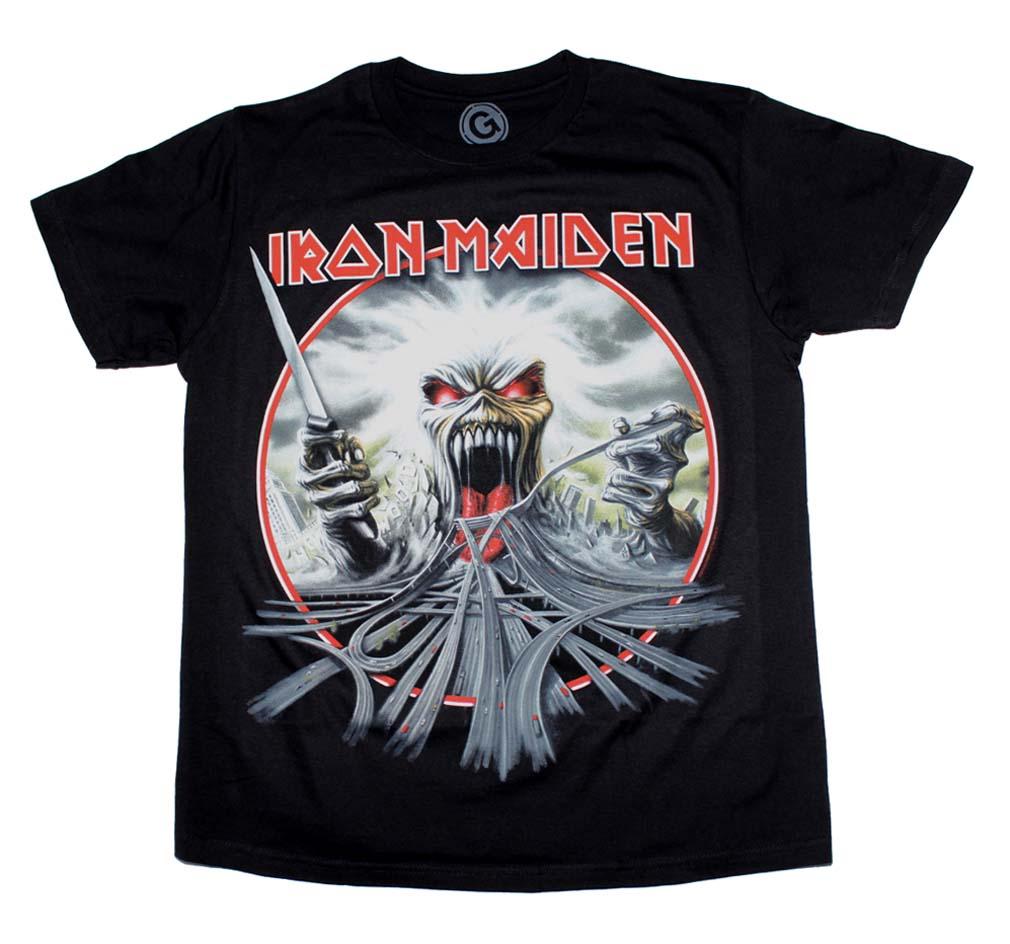The Voyager Golden Record was never really intended for human consumption. The target audience for the contents—popular songs, sounds from nature, photographs, spoken greetings in dozens of human languages and one whale language—was, and still is, an alien civilization capable of deciphering the instructions on the cover to learn about one small world in the universe. Two copies of the gold-plated copper record left Earth on Voyager 1 and 2, the first of which eventually left the solar system. The dozen extra copies that remained were distributed to mostly NASA facilities. Even Carl Sagan, who led the record’s production, could not get a copy. When Sagan wrote NASA in 1978 asking if he could receive one as a keepsake, the agency’s administrator sent back an apologetic message saying no. “You do understand our concern about the matter of highly valuable mementos being given to individuals,” the note read.
Forty years later, the Golden Record is now on vinyl and can be ordered online for $98.
Using audio from the original tapes from the 1970s, a small team in California has put the Golden Record on vinyl for the first time. The set contains three LPs and a book of the photos that were encoded in the original record. The records were co-produced by David Pescovitz, a research director at the nonprofit Institute for the Future and a partner and editor at the website Boing Boing. Pescotivz remembers hearing about the Voyager launch as a kid in 1977.
“When you’re seven years old and you hear that there’s a group of people who are creating a phonograph record that’s actually a message to extraterrestrials and attaching it to two space probes and launching it into the solar system and beyond—it sparks the imagination,” Pescovitz said. “That stuck with me.”
The record’s contents previously appeared on a CD-ROM in 1992, and about two years ago NASA uploaded the nature sounds and greetings on SoundCloud, without the music. The lack of a vinyl version, even in the days of digital, seemed like a missed opportunity. Tim Daly, a manager at San Francisco’s Amoeba Music, suggested to Pescovitz that they try to release it on vinyl. They teamed up with Lawrence Azerrad, a graphic designer who has worked on album covers for Miles Davis, Sting, and others. They launched a Kickstarter campaign last year to raise money for the project, asking for $200,000 to make 2,000 sets. The internet responded with $1.3 million. They made 10,000 special-edition copies for their backers, and are now selling a different edition on their website.
Read the complete article here ~
Written by Marina Koren


























Comments
0 comments